Archives
- 2025-10
- 2025-09
- 2025-03
- 2025-02
- 2025-01
- 2024-12
- 2024-11
- 2024-10
- 2024-09
- 2024-08
- 2024-07
- 2024-06
- 2024-05
- 2024-04
- 2024-03
- 2024-02
- 2024-01
- 2023-12
- 2023-11
- 2023-10
- 2023-09
- 2023-08
- 2023-07
- 2023-06
- 2023-05
- 2023-04
- 2023-03
- 2023-02
- 2023-01
- 2022-12
- 2022-11
- 2022-10
- 2022-09
- 2022-08
- 2022-07
- 2022-06
- 2022-05
- 2022-04
- 2022-03
- 2022-02
- 2022-01
- 2021-12
- 2021-11
- 2021-10
- 2021-09
- 2021-08
- 2021-07
- 2021-06
- 2021-05
- 2021-04
- 2021-03
- 2021-02
- 2021-01
- 2020-12
- 2020-11
- 2020-10
- 2020-09
- 2020-08
- 2020-07
- 2020-06
- 2020-05
- 2020-04
- 2020-03
- 2020-02
- 2020-01
- 2019-12
- 2019-11
- 2019-10
- 2019-09
- 2019-08
- 2019-07
- 2019-06
- 2019-05
- 2019-04
- 2018-07
-
br Acknowledgements Dr Paul J Gasser is supported
2025-02-05

Acknowledgements Dr. Paul J. Gasser is supported by the National Institutes of Health (grant number R01DA032895), and the Charles E. Kubly Mental Health Research Center. Dr. Christopher A. Lowry is supported by the National Institutes of Health (grant number R21 MH116263), the Department of the N
-
The second evidence comes from the results obtained by
2025-02-05
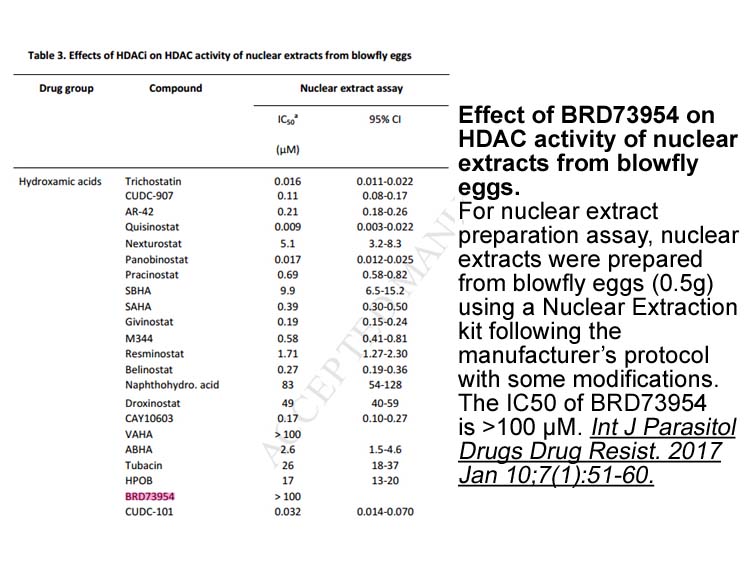
The second evidence comes from the results obtained by patch-clamp recordings carried out at the endplate region of isolated mouse FDB fibers, where adenosine and the P1R agonist NECA significantly affected the NPo, the open frequency and the time constant τ of the adult nAChR channels. It is genera
-
Adenosine receptors activate a number of signalling pathways
2025-02-05
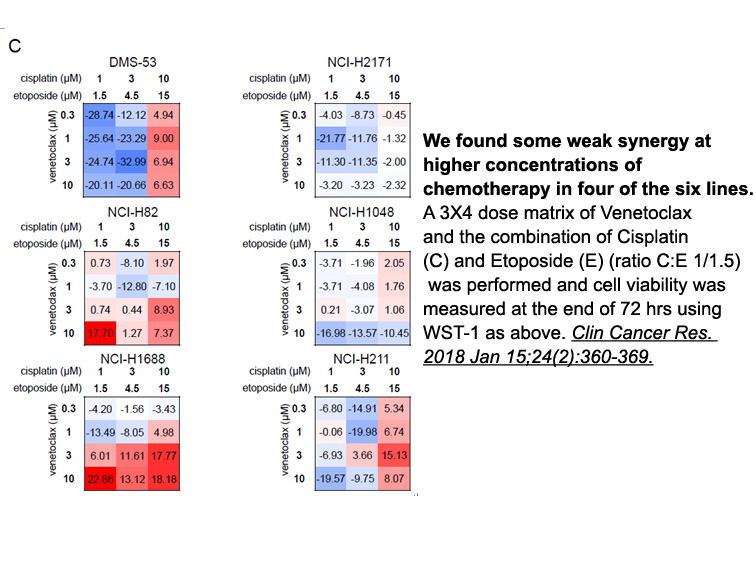
Adenosine receptors activate a number of signalling pathways involved in tissue survival including several mitogen-activated protein kinases (Fredholm et al., 2001). The common feature of all adenosine receptors is the positive coupling to ERK1/2, whilst A2B and A3 receptors can also activate the st
-
ibotenic acid mg br The role of AMPK beyond energy
2025-02-05
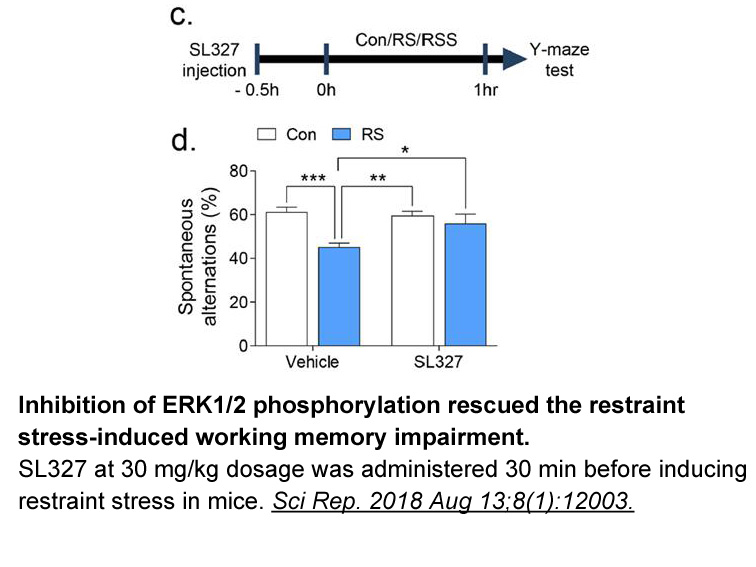
The role of AMPK beyond ibotenic acid mg homeostasis: regulating metabolism AMPK plays a major role in glucose homeostasis by modulating glucose transport in peripheral tissues [20]. Skeletal muscle, one of the main peripheral tissues involved in glucose uptake and disposal, expresses glucose tra
-
The fact that the BPloopAsn regains its Btx binding with
2025-02-05
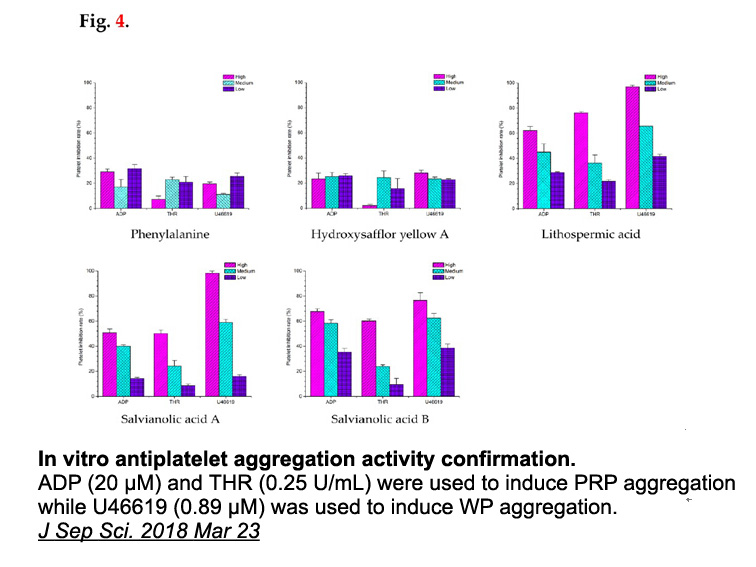
The fact that the α1-BPloopAsn141 regains its α-Btx binding with a Kd similar to that of the wild type α1 ECD [18], suggests that the AChBP Cys-loop does not interfere with the correct conformation of the mutant ECD. Data from analogous mutants of the human neuronal α7 subunit ECD showed improved li
-
br Mechanisms of specific immunotherapy Several mechanisms m
2025-02-05
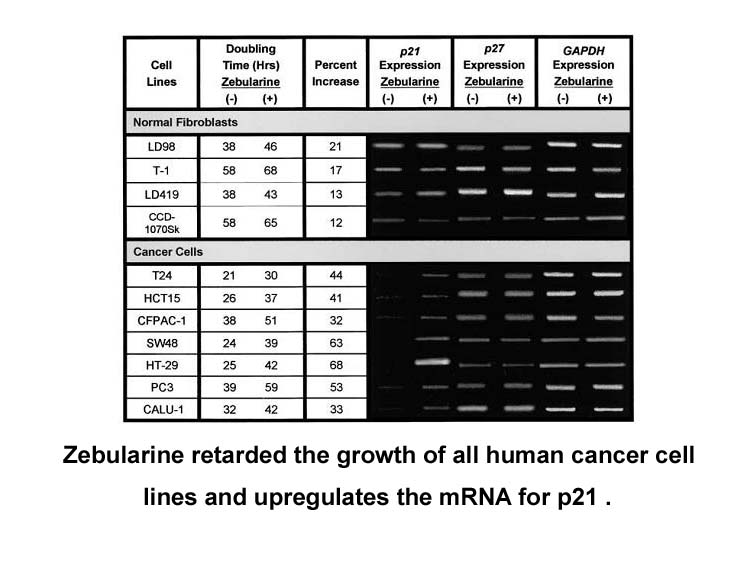
Mechanisms of specific immunotherapy Several mechanisms may be involved in specific immunotherapy of EAMG by active immunization with the therapeutic vaccine in IFA. During the therapy, the therapeutic benefits result from diversion of autoantibody specificities away from pathogenic extracellular
-
To date the molecular responses of AChE
2025-02-05
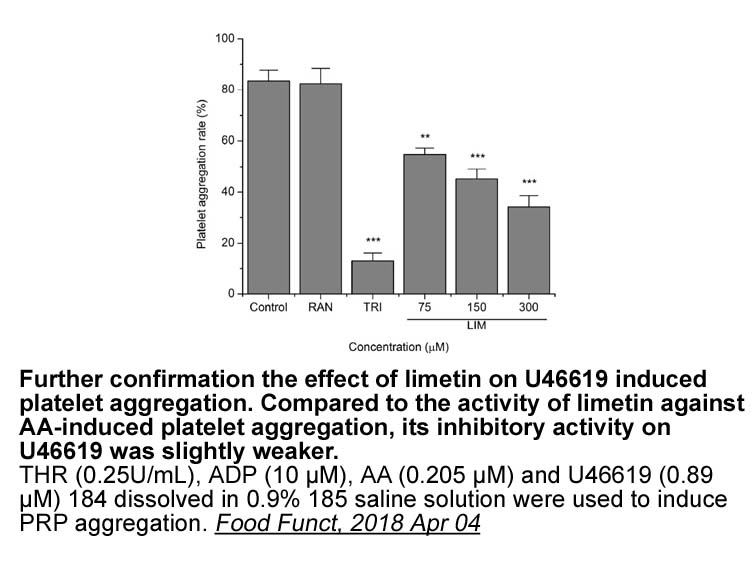
To date, the molecular responses of AChE have been partially analyzed in its mRNA level or protein activity in aquatic animals. To understand the correlation between transcriptional change and activity of AChE, we conducted both experiments in B. koreanus. Generally, the L-NMMA acetate patterns of
-
br Disclaimer br Conflicts of interest br Role of the
2025-02-05
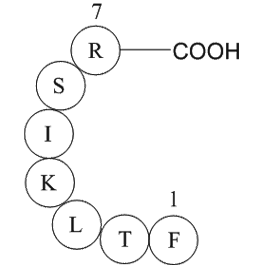
Disclaimer Conflicts of interest Role of the Sponsor Acknowledgements Funding/support: This project was supported by a grant from the Department of Surgery (R5129), Western University and by the Institute for Clinical Evaluative Sciences (ICES) Western site. ICES is funded by an annual g
-
The reductase family is composed
2025-02-05

The 5α-reductase family is composed of three known isozymes, with the types I and II being the most known. Type I isozyme, which is the dominant form, can be found in the skin, liver, kidney, brain and lung. Furthermore, it has been evidenced that type I activity is several times higher in PC than i
-
br Acknowledgments This work was supported by
2025-02-03
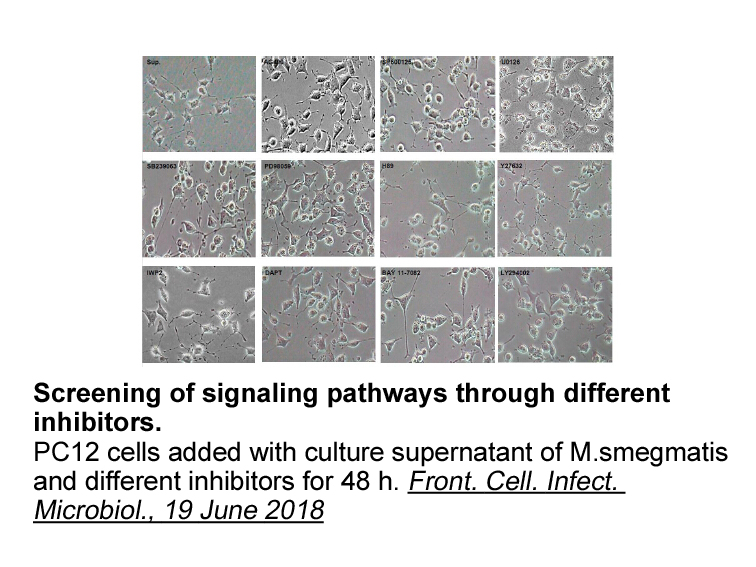
Acknowledgments This work was supported by the Swiss National Science Foundation. 15-Lipoxygenase 1 (15-LOX-1) is a nonheme, iron-containing enzyme predominantly expressed in reticulocytes, eosinophils, macrophages, mast cells, and bronchial epithelial cells . 15-LOX-1 is a key enzyme involved
-
It remains unclear to what extent UCP and
2025-02-03
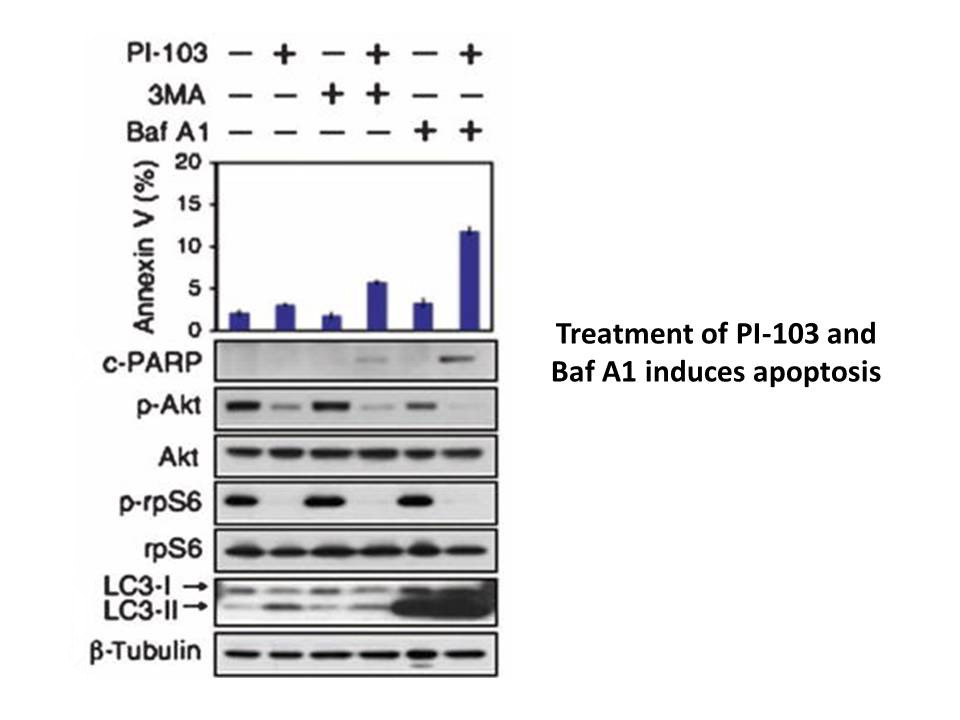
It remains unclear to what extent UCP2 and UCP3 are subject to the same acute molecular regulation as UCP1 (and the extent to which they share the same mechanism of uncoupling). Although they lack sequence homology in a matrix-localised region reportedly critical for fatty ApexPrep DNA Plasmid Minip
-
In a missense mutation at
2025-02-03
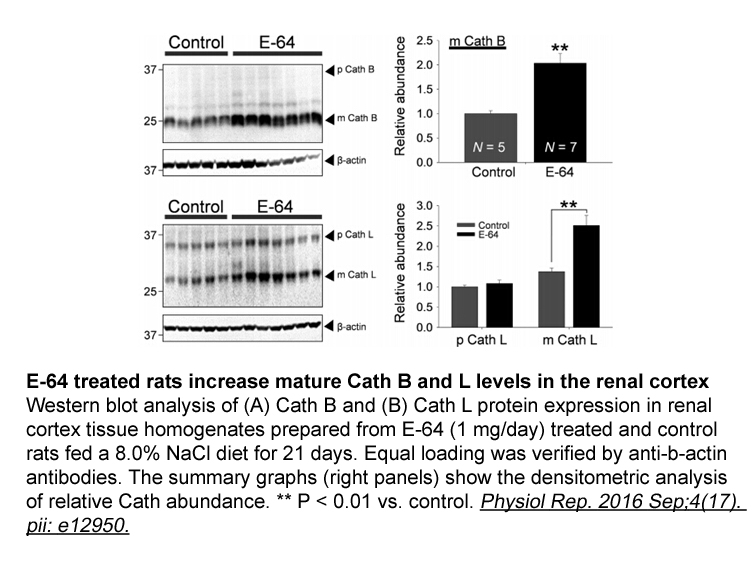
In 1989, a missense mutation at codon 102 of the PRNP gene was first reported to be associated with GSS and, in 1991, the same mutation was also found in affected members of the “H” family (Hsiao et al., 1989; Kretzschmar et al., 1991). By 1995, the pedigree of the “H” family included 221 family mem
-
marbofloxacin The reasons why antibiotic treatment may be de
2025-02-03
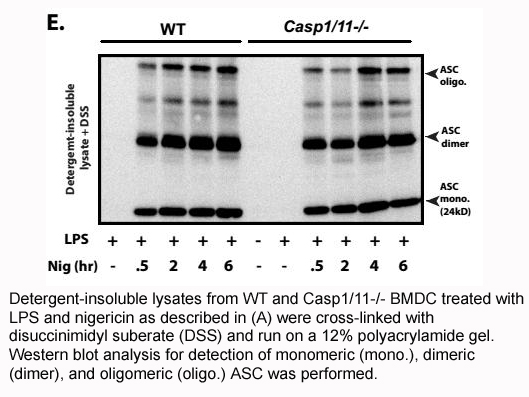
The reasons why antibiotic treatment may be detrimental are diverse. First, it may result in disruption of multifaceted microbe–microbe, as well as microbe–host, interactions that are key for the maintenance of homeostasis within this ecosystem. This can lead to the expansion of pathogenic microorga
-
In conclusion we identify in this report the molecular natur
2025-02-01
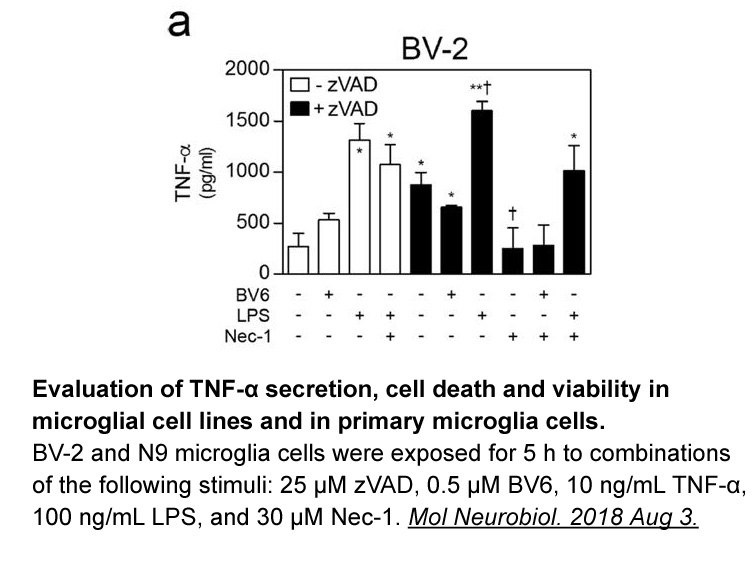
In conclusion, we identify in this report the molecular nature of the 12- and 15-lipoxygenases in M. mulatta and P. pygmaeus and also that the expression of the rhesus enzyme in lung epithelial cells is regulated by interleukin-4. The switch from a mainly 12-LO enzyme to a mainly 15-LO enzyme during
-
br Potential and established risk factor for
2025-02-01
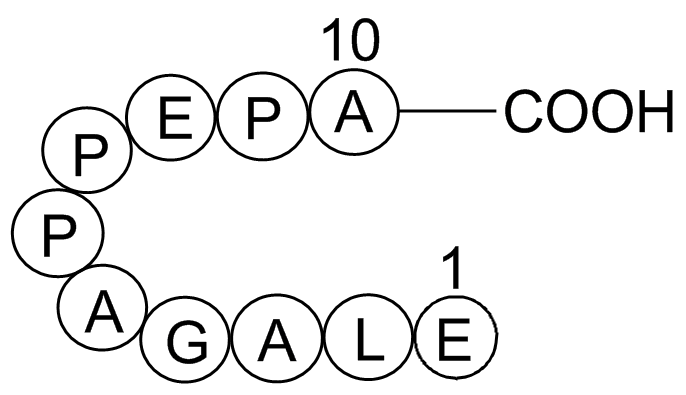
Potential and established risk factor for Alzheimer’s Disease The only way to overcome the above mentioned limitations is the identification of risk factors, which, taken together, can reliable predict the development of AD. Age and ApoE4 are established non-modifiable risk factors for AD. The ri
15934 records 18/1063 page Previous Next First page 上5页 1617181920 下5页 Last page